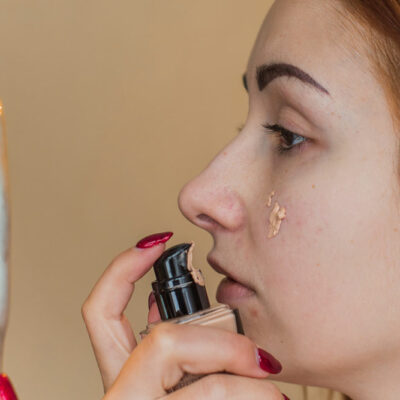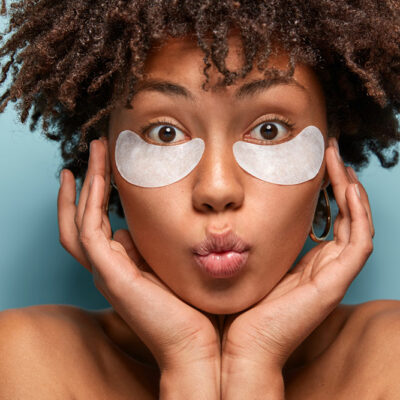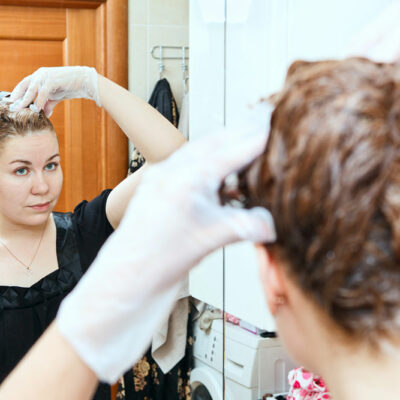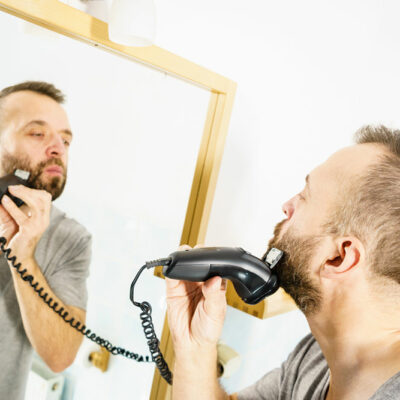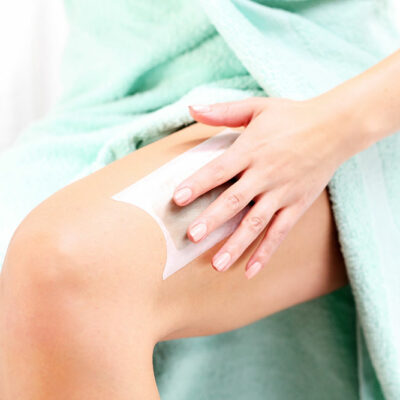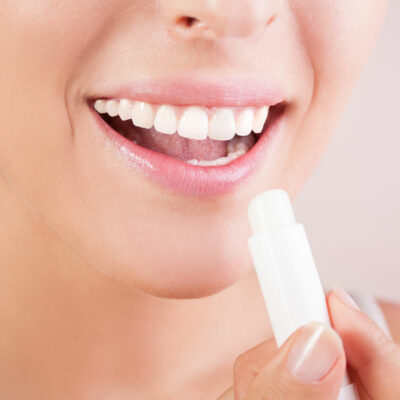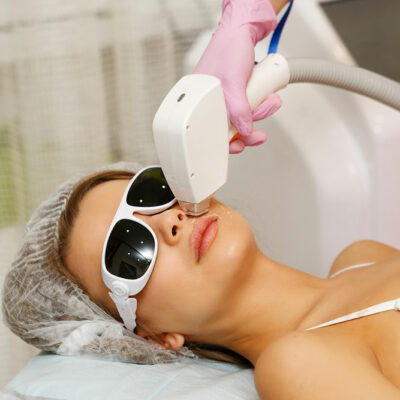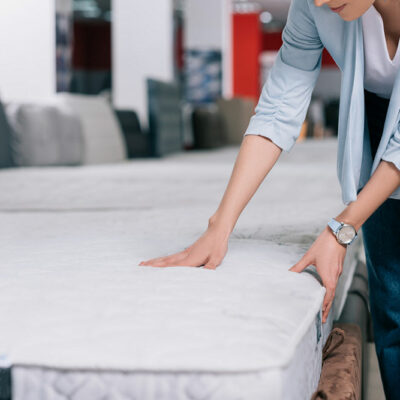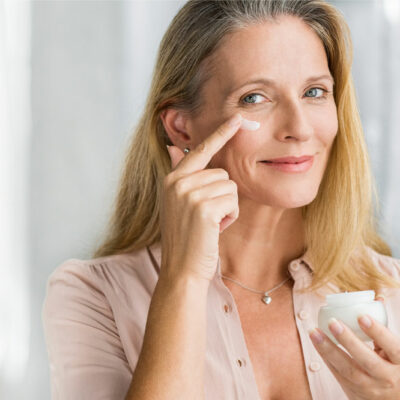
Top 10 Moisturizers for Mature Skin
Mature skin can be described as wrinkled skin that is very thin and fragile. Since it appears like crepe paper, it is also called crepey skin. Our skin contains collagen and elastin, proteins that give it structure and form. Factors like exposure to the sun’s UV rays and aging break down these proteins quickly, leading to crepey skin. Our skin produces less collagen and elastin at 25, and crepey skin starts appearing at around 40. How to prevent mature or crepey skin? One cannot prevent age-related mature skin but can delay it with the right skincare tips. Mature or crepey skin commonly occurs on the upper arms, under the eyes, and around the neck and decollete due to prolonged sunlight exposure. Therefore, one must cover these areas by wearing full-sleeved clothing, sunglasses, and hats. Besides sun exposure, mature skin can result from reduced collagen and elastin production, pollution, stress, an unhealthy lifestyle, unhealthy food habits, and a poor skincare routine. One must learn about these risk factors and take the necessary steps to keep the skin healthy. If a person feels their skin is becoming crepey despite trying different remedies, or if they notice a sudden or quick change in the structure of their skin, it is advisable to consult a dermatologist.
Read Article 